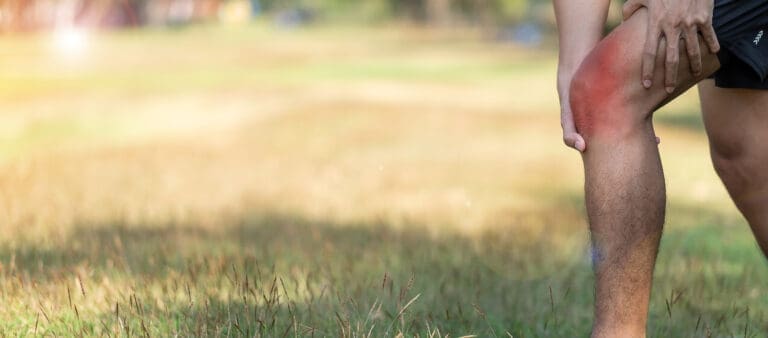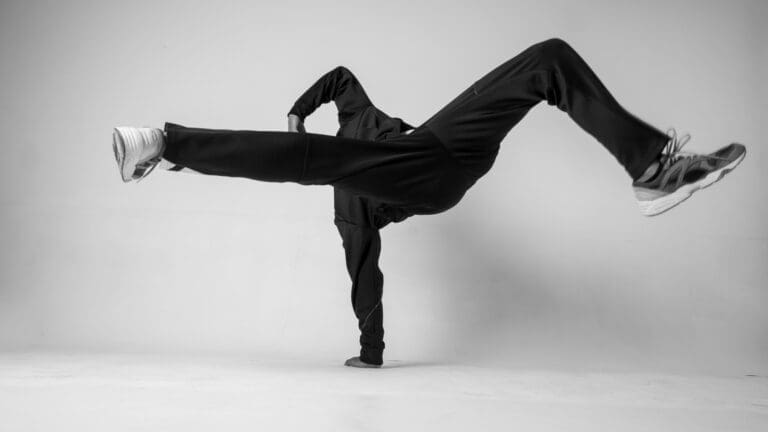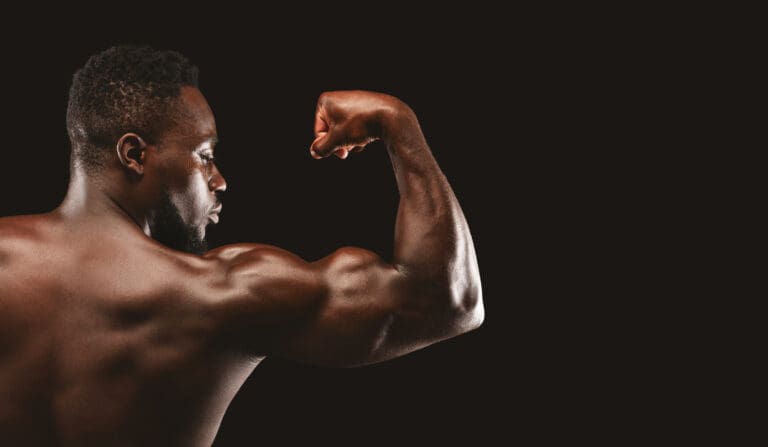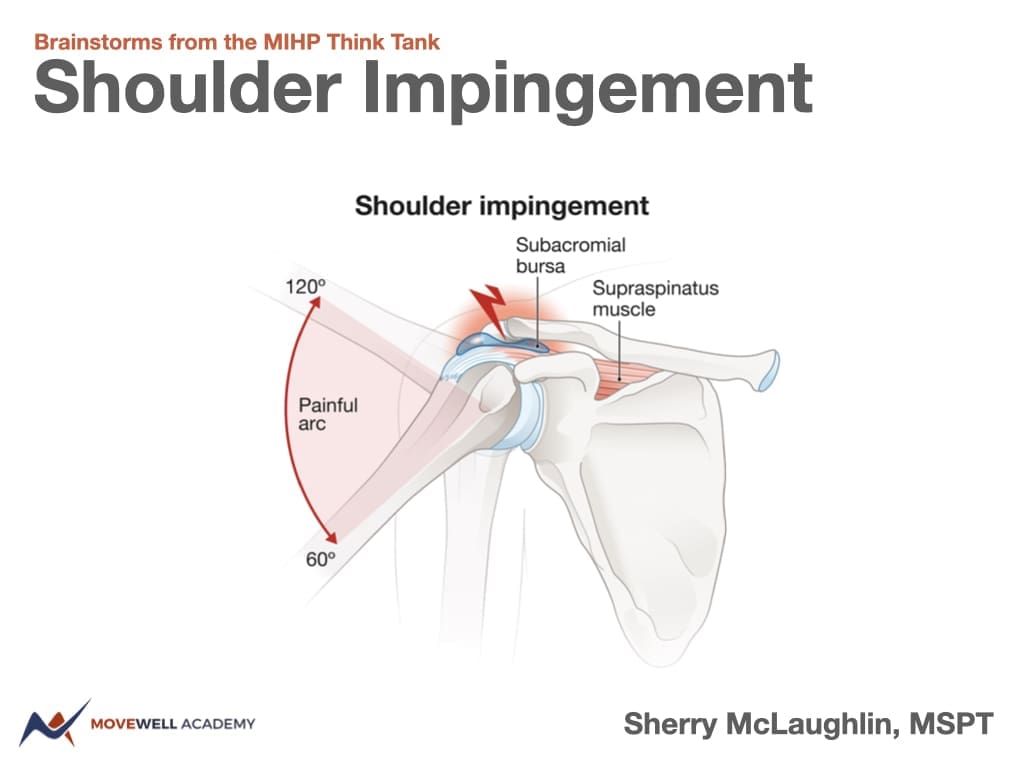Kinesiology Thursday – The Superficial Back Line (A Head-to-Toe Connector)

“My neck is so stiff it hurts during the day and wakes me up at night,” my patient said. “My legs feel strong (referring to rehabbing from right and left arthroscopic surgeries in the last year) and my hips are a little tight. I can deal with that, but this neck pain…”
I wondered if his neck pain maybe wasn’t from his neck at all. This is what I found:
- His left shoulder and iliac crest higher than the right, with trigger points in the left upper trapezius and left quadratus lumborum.
- His left calf was tighter in the gravity drop test (see below)
- He displayed hypomobility of his left C5/6 facet joints compared to the right.
- He had an anteriorly displaced left medial clavicle.

The thing that elicited the most pain was palpation of the left upper trapezius trigger point and left cervical paraspinals. It’s always helpful to find something that elicits pain so you can test your hypothesis on the origin of pain. I went to work.
The foot bone’s connected to the leg bone, the leg bone’s connected to the knee bone, the knee bone’s connected to the thigh bone…
The familiar song rang in my head. Well, not really. But now it might run in yours. And that’s a good thing. Because sometimes where the pain is at isn’t at all where the pain is from.
Resisting the temptation to just start treating the neck, I remembered the superficial back line, a fascial connection stemming from the plantar fascia (bottom of the feet) all the way to the frontal bone fascia. Here’s what I did in order:
- Corrected the anteriorly displaced medial clavicle (This resulted in 25% reduction in upper trapezius pain)
- Soft tissue mobilization to the trigger points I found in the left medial/lateral gastrocnemius and lateral hamstring. These were significant and painful. (This resulted in 90% reduction in upper trapezius and cervical paraspinal pain)
Why did that work? If you can picture the superficial back line as a rope, it is easy to envision that tightness in the hamstrings and gastrocnemius could create myofascial tension all the way up to the head and neck. Trigger points or myofascial restrictions of the superficial back line may be responsible for cervicogenic headaches, lower back pain and neck pain.
So now what? If you understand the connection, then you realize the exercises to prescribe wouldn’t be neck stretching exercises, but rather exercises to alleviate tightness in the posterior leg muscles (gravity drop, downward dog, triangle, revolving triangle).
Conventional thinking says: If the neck is tight, release the cervical paraspinal muscles and massage the upper trapezius.
Real World Thinking says: Myofascial pain is often stemming from tightness in another area. Assess for tightness along the superficial back line and fix what you find. You might be surprised that the fix to neck pain isn’t in the neck at all.
It’s been a long week. I’ll leave you with this dancing song.
Because nobody has time to be in pain.
Until next time…

Kind Regards,
MoveWell Academy
[email protected]














